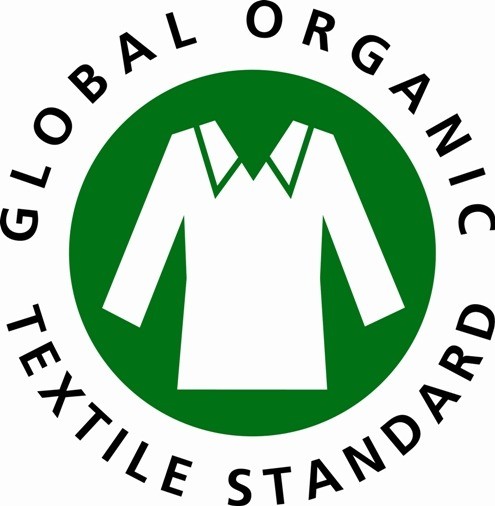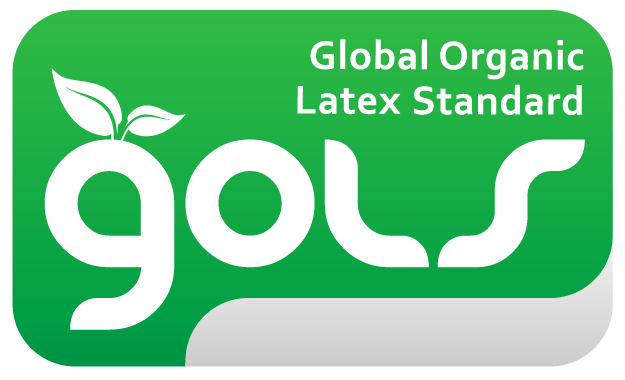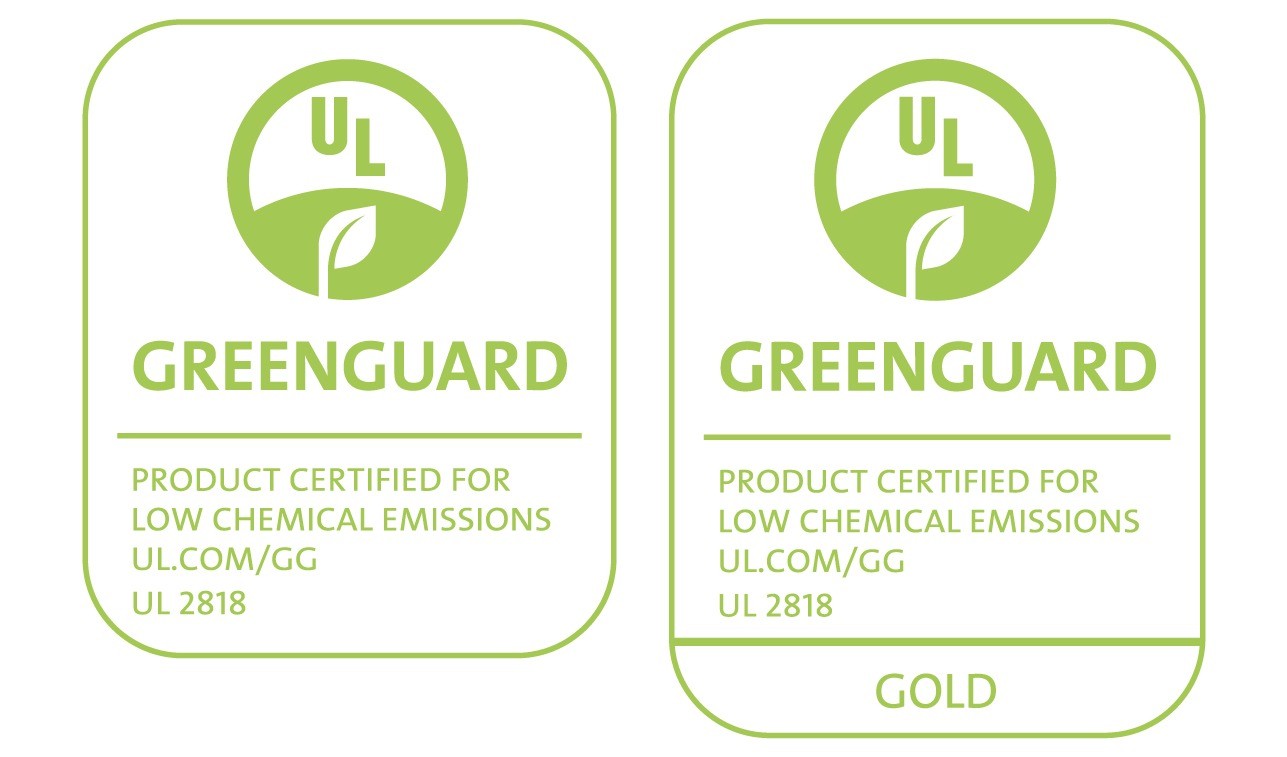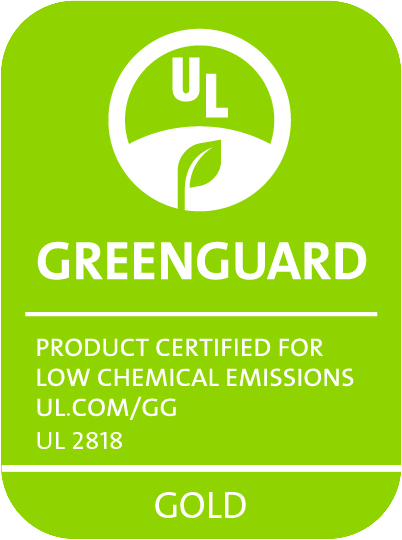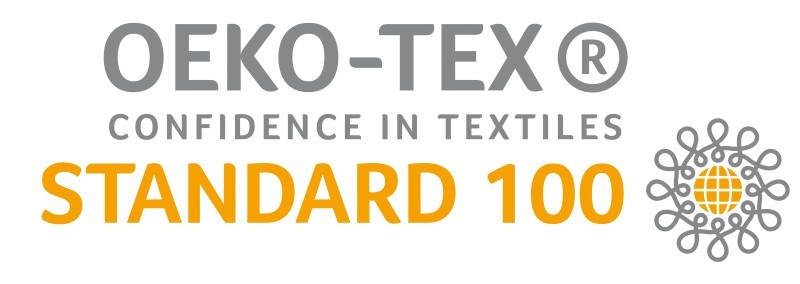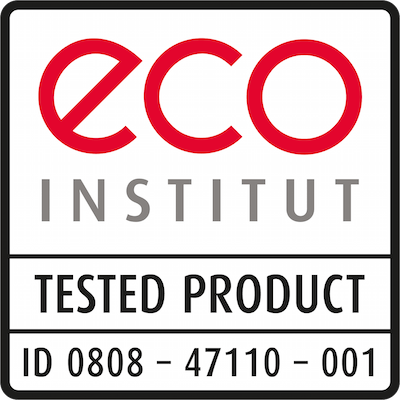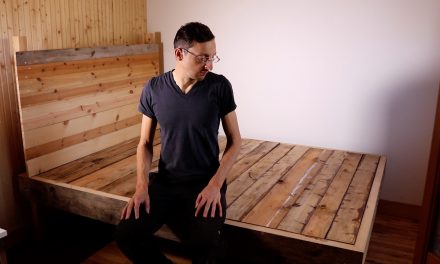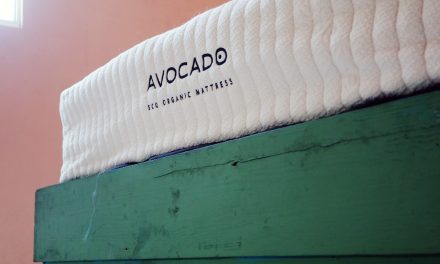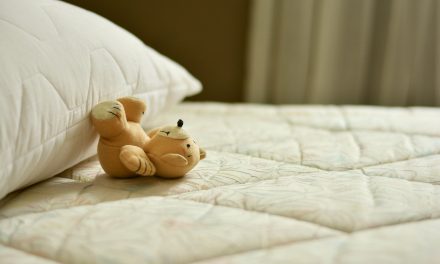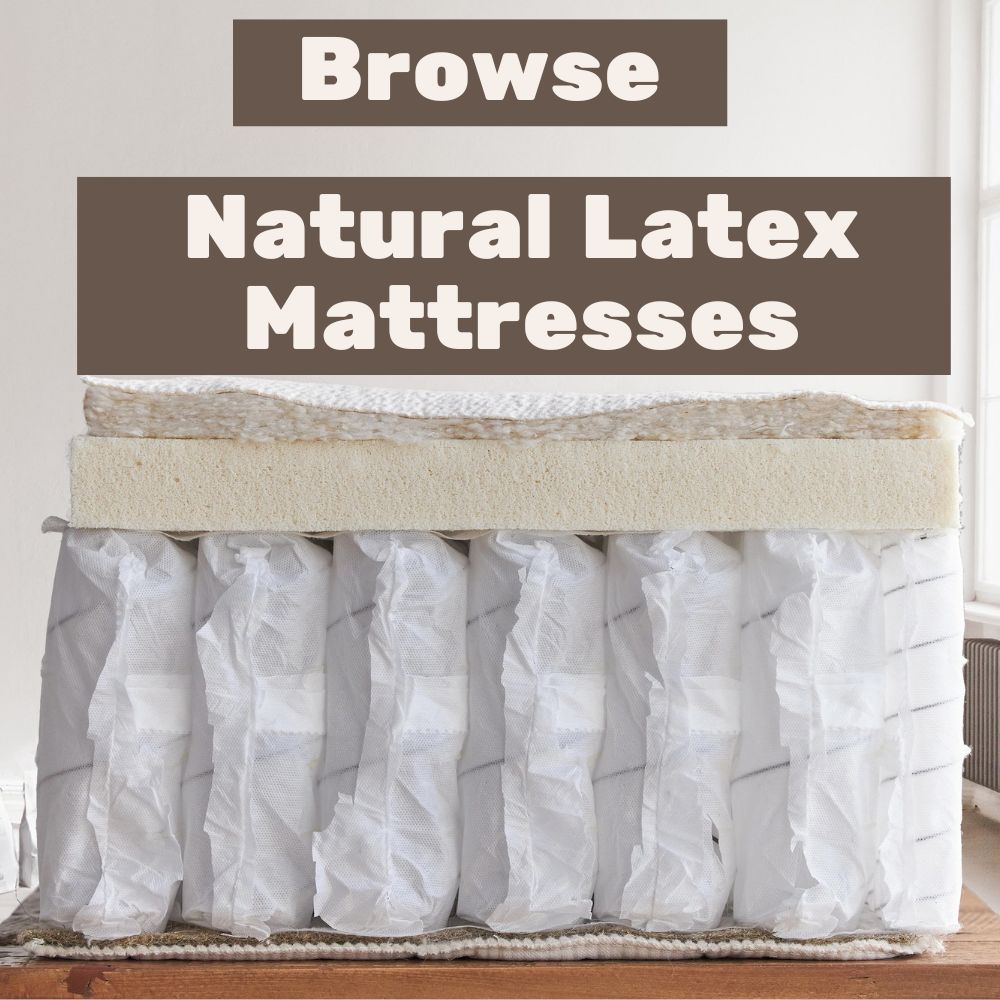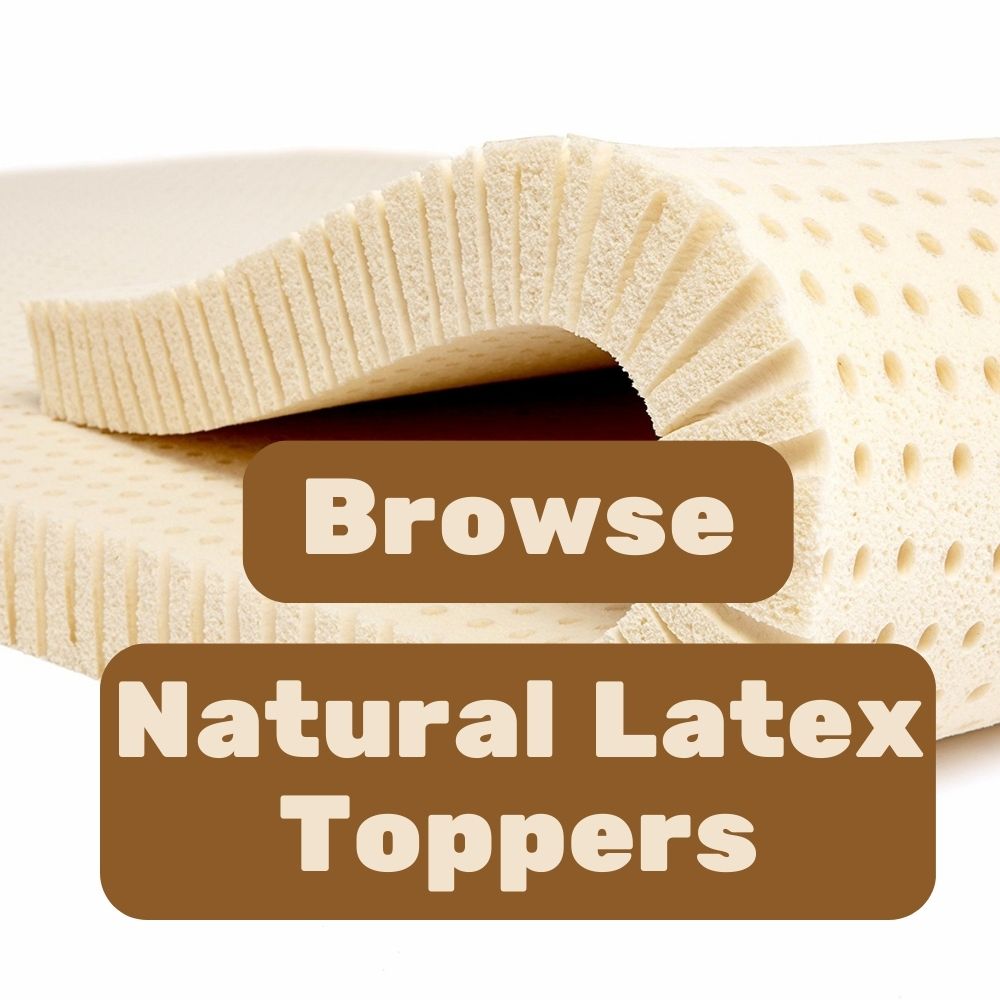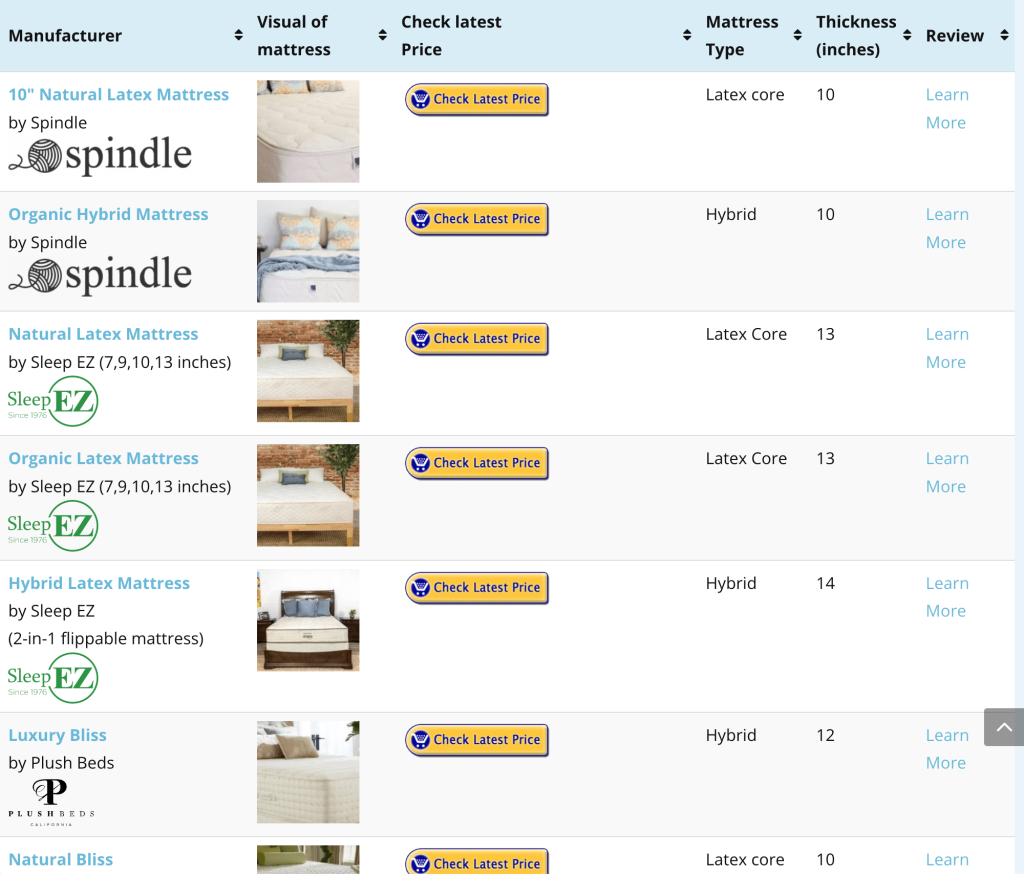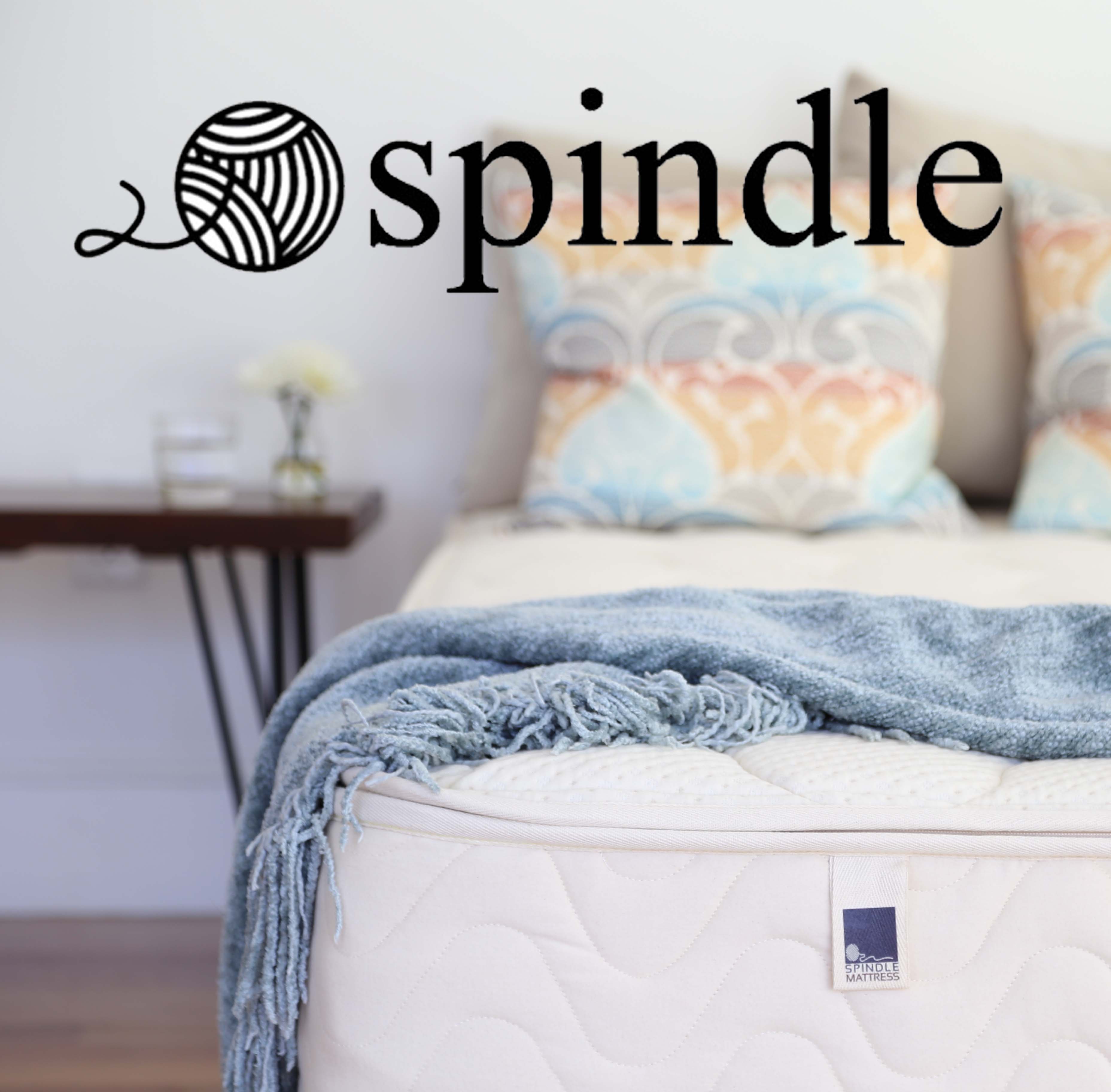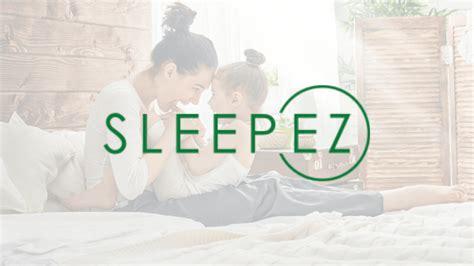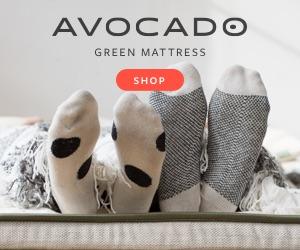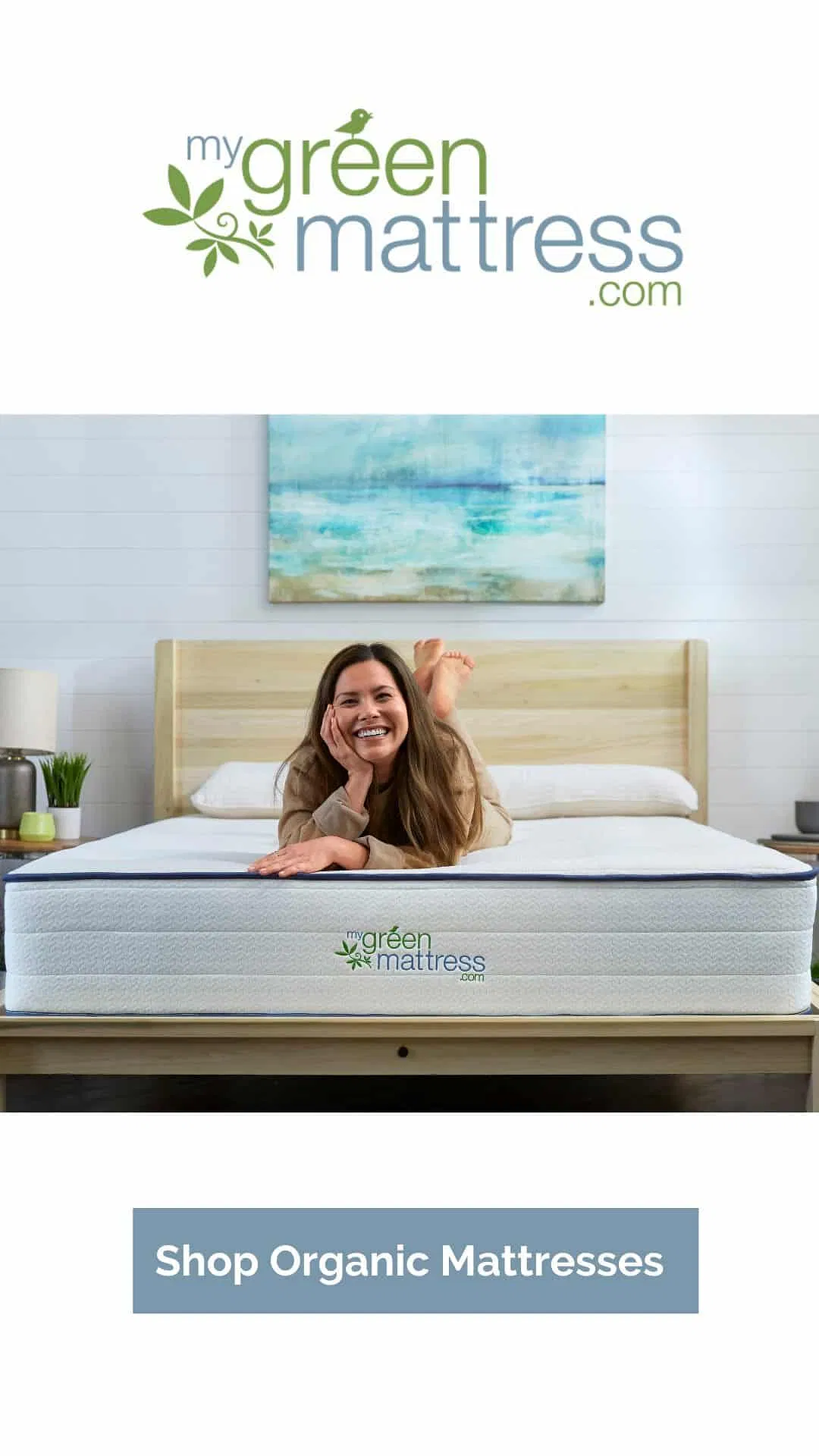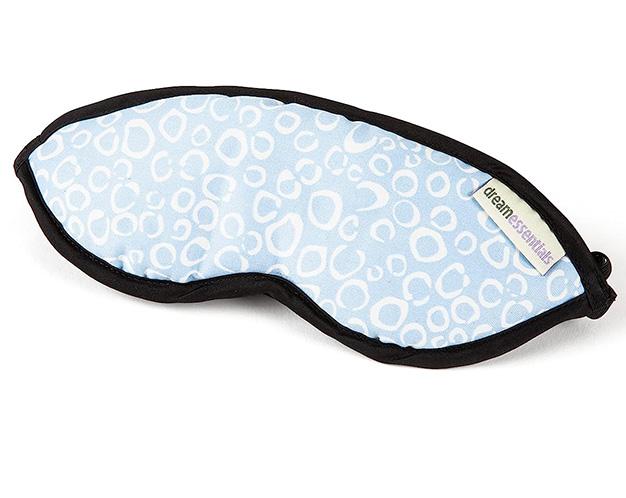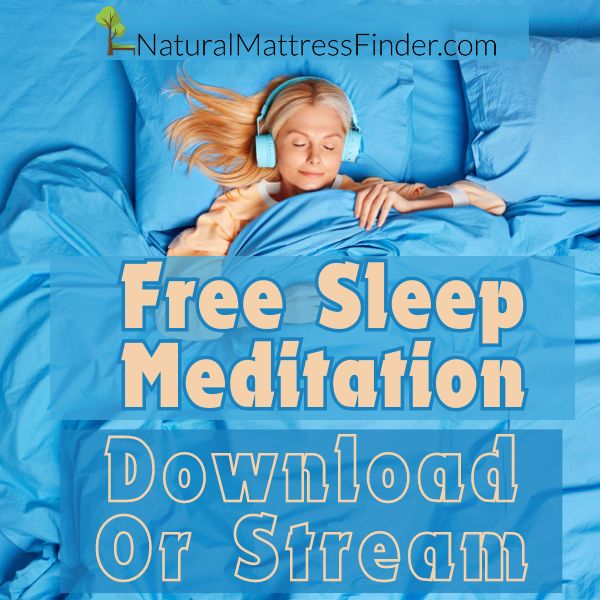Table of Contents
If you’re determined to switch to a natural latex mattress, there are a few 3rd party mattress certifications that you want the mattress to have. This ensures that your prospective mattress is as natural and non-toxic as possible without reducing the materials’ durability and quality.
When you purchase a mattress online, there are two parties involved. You and the mattress manufacturer. This is great because there is less of a middleman, such as a furniture store, to which you will pay a premium.
Why 3-rd Party Mattress Certifications Are Important

The natural mattress must be certified by a third party independent of you and the manufacturer.
In the natural latex mattress industry, several respected and renowned third-party mattress certifications oversee the quality, purity, and non-toxicity of the materials. This gives you the confidence that the mattress in question is organic, natural, and non-toxic.
There are 5 main mattress certifications to look out for when considering a natural latex mattress:
- Global Organic Textile Standard (GOTS)
- Global Organic Latex Standard (GOLS)
- Greenguard & Greenguard Gold
- Oeko-Tex Standard 100
- Eco Institut
Mattress Certifications
The following certifications are also used for natural latex toppers, natural latex pillows, and natural crib mattresses.
Ensure that the natural latex mattress you are considering has at least one or more of the following certifications. This ensures that the mattress materials are what the manufacturer says they are.
1. GOTS (Global Organic Textile Standard)
GOTS (Global Organic Textile Standard is one of the most prominent and trusted worldwide processing standards for organic fibers. GOTS-certified textiles also meet ecological and social criteria. GOTS contracts third-party independent certification throughout the entire textile supply chain.
GOTS applies to the wool and cotton covering and padding material in latex mattresses.
The GOTS standard ensures the organic status of textiles and socially responsible manufacturing processes. GOTS certification provides a worldwide standard to the end consumer by labeling organic textile products that range from shirts to natural latex mattress covering material.
The GOTS certification helps processors and manufacturers export organic fabrics with a globally recognized certification accepted in all major markets.
2. GOLS (Global Organic Latex Standard)
GOLS certification establishes criteria for natural rubber. To achieve the GOLS standard, specific criteria must be respected throughout the manufacturing process. Every part of the manufacturing process must meet strict standards for natural latex to receive GOLS labeling. The standard applies to certified organic plantations where the latex is harvested to processing and manufacturing plants that turn it into Dunlop or Talalay foam.
Harmful chemical emissions, polymers, and fillers used in production must stay within the limits established by GOLS.
Each part of the manufacturing chain, from the rubber plantation to processing to the final retailer, is certified by the GOLS standard.
GOLS uses transaction certificates that follow the product at every point of sale. The certification is traceable at every point in the supply chain.
Manufacturers that are GOLS-approved have to follow compulsory social and environmental regulations. This gives the consumer the power to benefit society and the environment indirectly.
3. Greenguard and Greenguard Gold
The Greenguard standard limits the number of emissions a product can have at the point of sale to the consumer. Greenguard has established the world’s most rigorous standards for volatile organic compounds (VOCs) in indoor air.
VOCs are a significant source of indoor air pollution in building materials and furniture. Greenguard has long been a trusted standard for identifying products with low VOCs.
Greenguard Gold
The Greenguard Gold standard includes additional health-based criteria for chemicals and requires a lower overall VOC rating for labeling. This standard lists over 360 VOCs and total chemical emissions that must stay within a specified limit when present in a product.
Greenguard Gold complies with the State of California’s Department of Health testing method for VOCs in environmental chambers.
4. OEKO-TEX Standard 100
This is an independent global textile standard that tests and certifies raw materials, processing, and final products.
OEKO-TEX classes products based on how much contact they have with the skin. Each class has different criteria for allowable chemical substances. Textile products are tested for chemicals, pesticides, heavy metals, and preservatives that are banned or regulated by law. Substances that are known to be harmful to health are also restricted.
Criteria for the OEKO-TEX certification are revised every year.
5. Eco Institut
The Eco Institut standard is based in Europe and offers certification for broad criteria for substances used in manufacturing and manufacturing.
In short, the standard offers:
- Emissions testing
- Toxicity and ecological evaluations
- More than 90 test glass and stainless steel chambers of up to 5 square meters
Other mattress certifications to look out for
Joma Wool
Joma Wool comes from New Zealand farms and is 100% natural. The manufacturing process employs a unique crimping process that adds 50% more bulk to the wool.
A Joma Wool layer in the mattress will add to the overall comfort because it helps keep you warm in winter and cool in the summer. It is naturally moisture-absorbent.
There is no need to worry if you have a wool allergy because your skin will not be in direct contact with the mattress. You may be worried that you have a certain amount of sensitivity to wool even if you are not in contact with it. Most mattresses made with Joma Wool come with a 90 + day trial period. You can easily set up a refund if you develop an allergy during this time.
The sheep farms that are Joma Wool certified follow five pillars of humane treatment of animals:
- The sheep are not hungry or thirsty
- The sheep do not experience discomfort
- The sheep are not injured, in pain, or diseased
- The sheep are allowed to express normal behavior
- The sheep are in an environment that is free of fear and distress
Joma Wool is certified by Oeko-Tex. This certification ensures that the wool is free from APEO, NPEO, carcinogenic colorants, heavy metals, and pesticides.
UL Flammability Standard (North America)
Ul (Underwriters Laboratories) provides flammability testing in the United States to comply with the rigorous requirements of 16 CFR 1632 and 1633 regulations. Ul tests mattresses, pillows, and toppers with international requirements to prepare products for export to foreign markets.
A natural latex mattress will undergo a series of flammability tests during testing. UL tests how the natural latex mattress reacts to heat, a small flame, radiant heaters, a burning cigarette, and a burning match.
UL also provides Greenguard testing for natural bed products.
Forest Stewardship Council
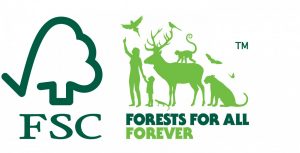
The certification ensures that local communities are respected and habitats, endangered plants, and animal species where the forest material is harvested are protected.
The FSC vies that the workers throughout the supply chain are adequately paid. FSC is credible and respected globally by private companies, NGOs, and governments.
Rain Forest Alliance
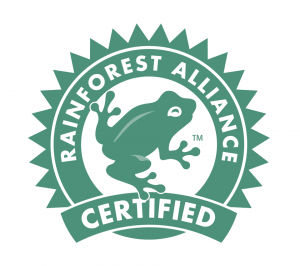
- Effective planning and management
- Biodiversity conservation
- Natural resource conservation
- Improved livelihoods and human wellbeing
- Sustainable cattle production (only applies to cattle producers)
Cradle To Cradle
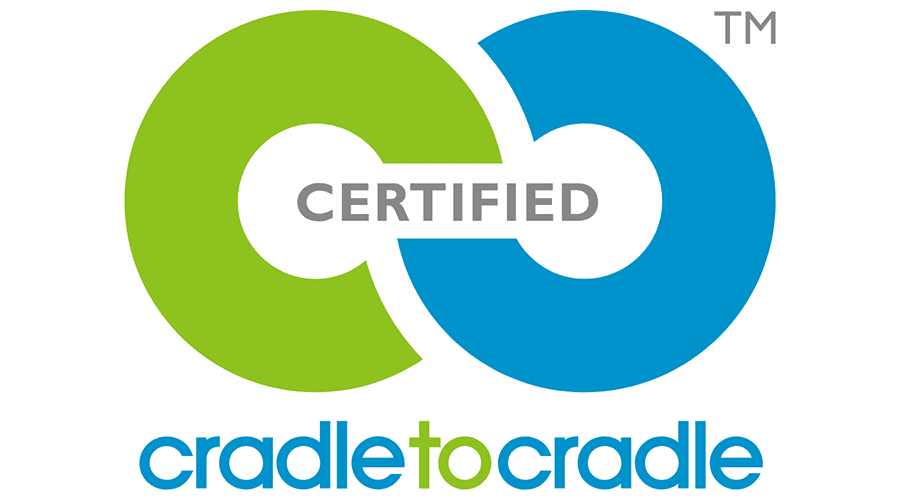
Why you should avoid Certi-Pur
If you want an all-natural mattress, you’ll want to avoid considering any that have the Certi-Pur certification, even if the mattress has a natural latex layer. If a mattress has the Certi-Pur certification, it contains polyurethane.
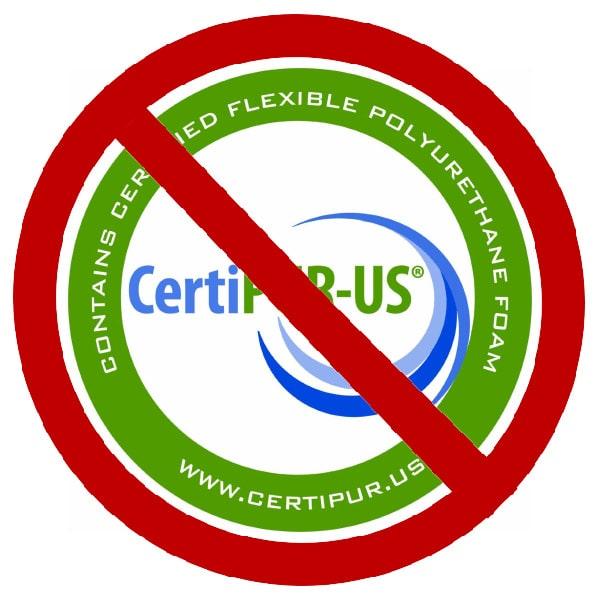
The CertiPur-US certification means that the mattress contains polyurethane or other petrochemical product.
If you’re looking for an all-natural and non-toxic mattress, you’ll want to avoid Certi Pur as one of the mattress certifications. Certi-Pur only certifies polyurethane foam. So, if you come across a “natural” mattress with this certification, one of the components is made of very unnatural polyurethane.
The Certi-Pur certification was created by the same people that produce the polyurethane foam. Yes, it does certify that the VOCs emanating from the polyurethane foam (including memory foam and gel foam) is below a certain threshold. But who established that this threshold was safe?
Certi Pur establishes an arbitrary level for “safe” VOC levels that dissipate into your home environment. Some of the chemicals that now replace very toxic chemicals used in the past have no long-term studies to show that they are safe and do not cause any adverse health effects.
Keep an eye out for these mattress certifications:
When shopping for a new natural & non-toxic bed, GOTS, GOLS, Greenguard Gold, OEKO-TEX, and Eco Institut are the main mattress certifications to look out for. Ensure that the latex layer is certified by at least one of the leading 5 certifications. This will ensure that the latex is 100% natural and not blended with synthetic latex.

